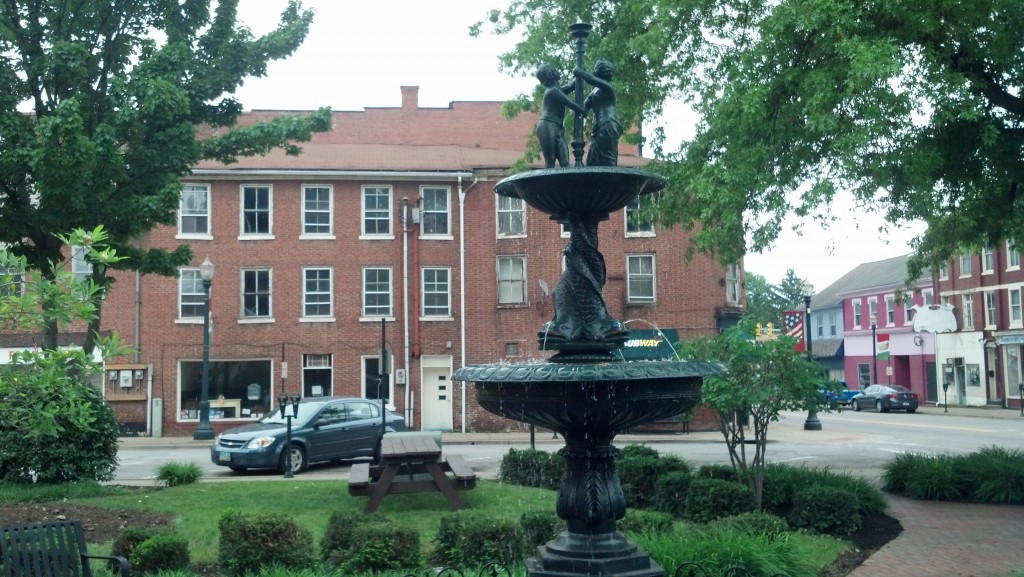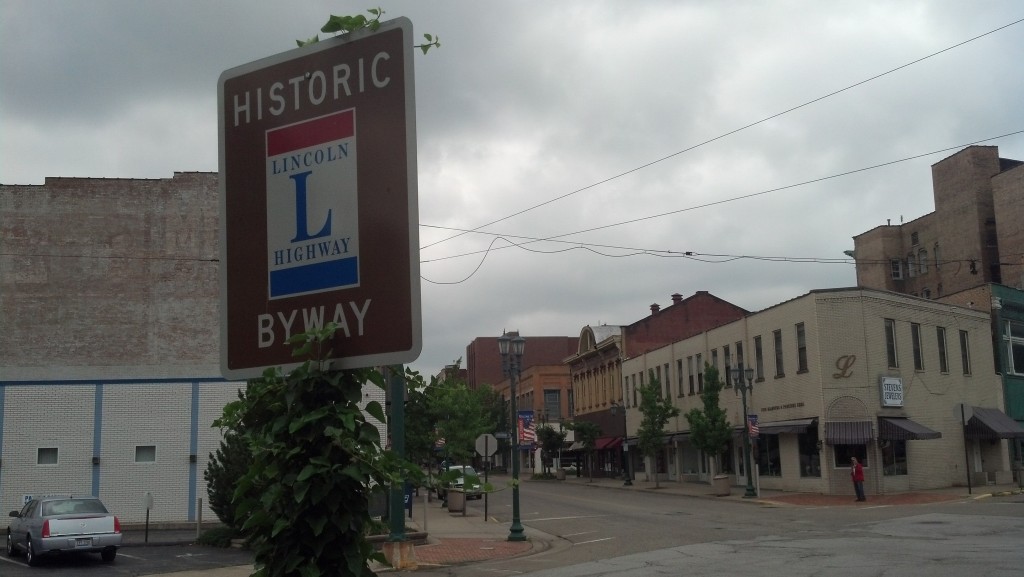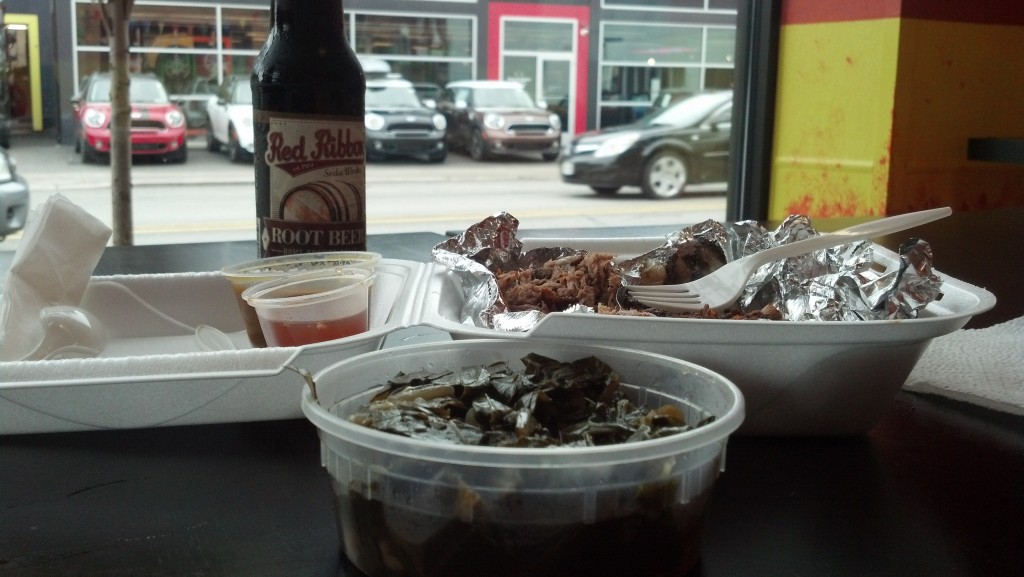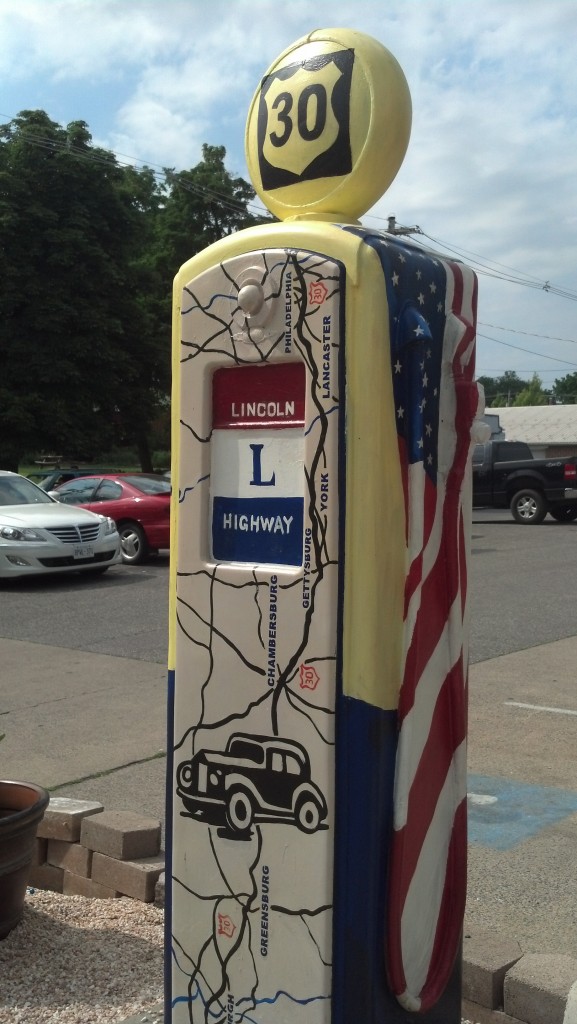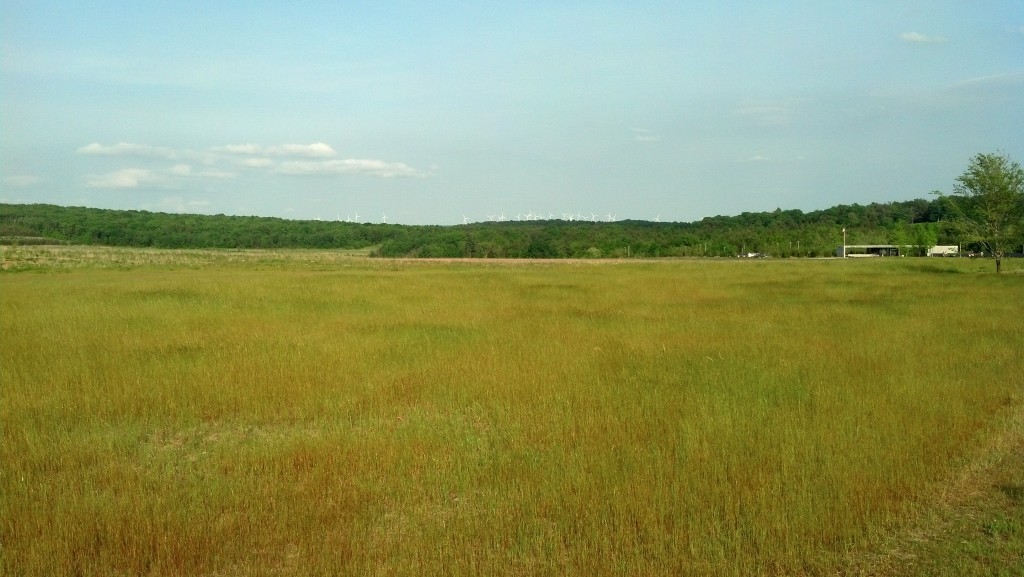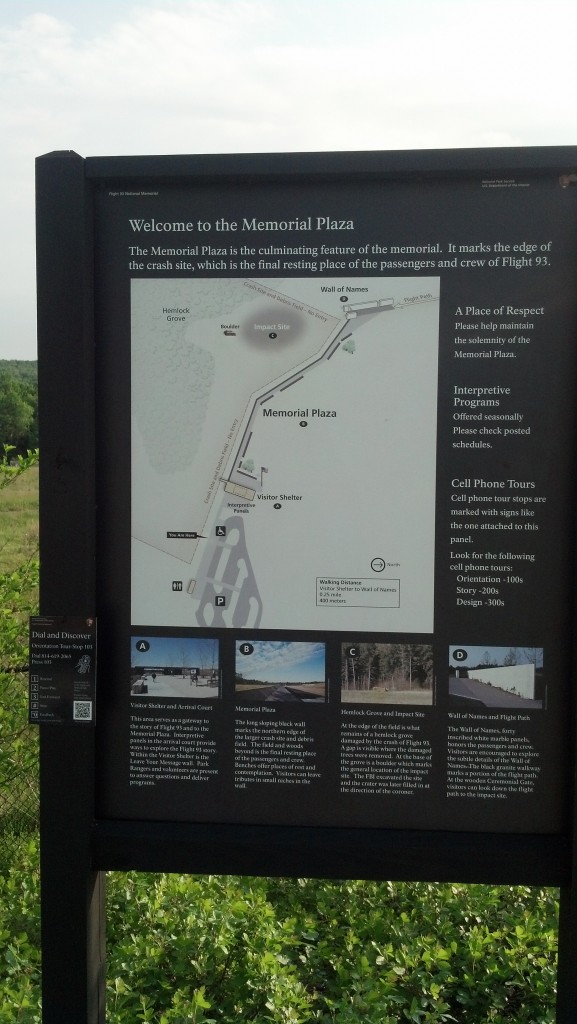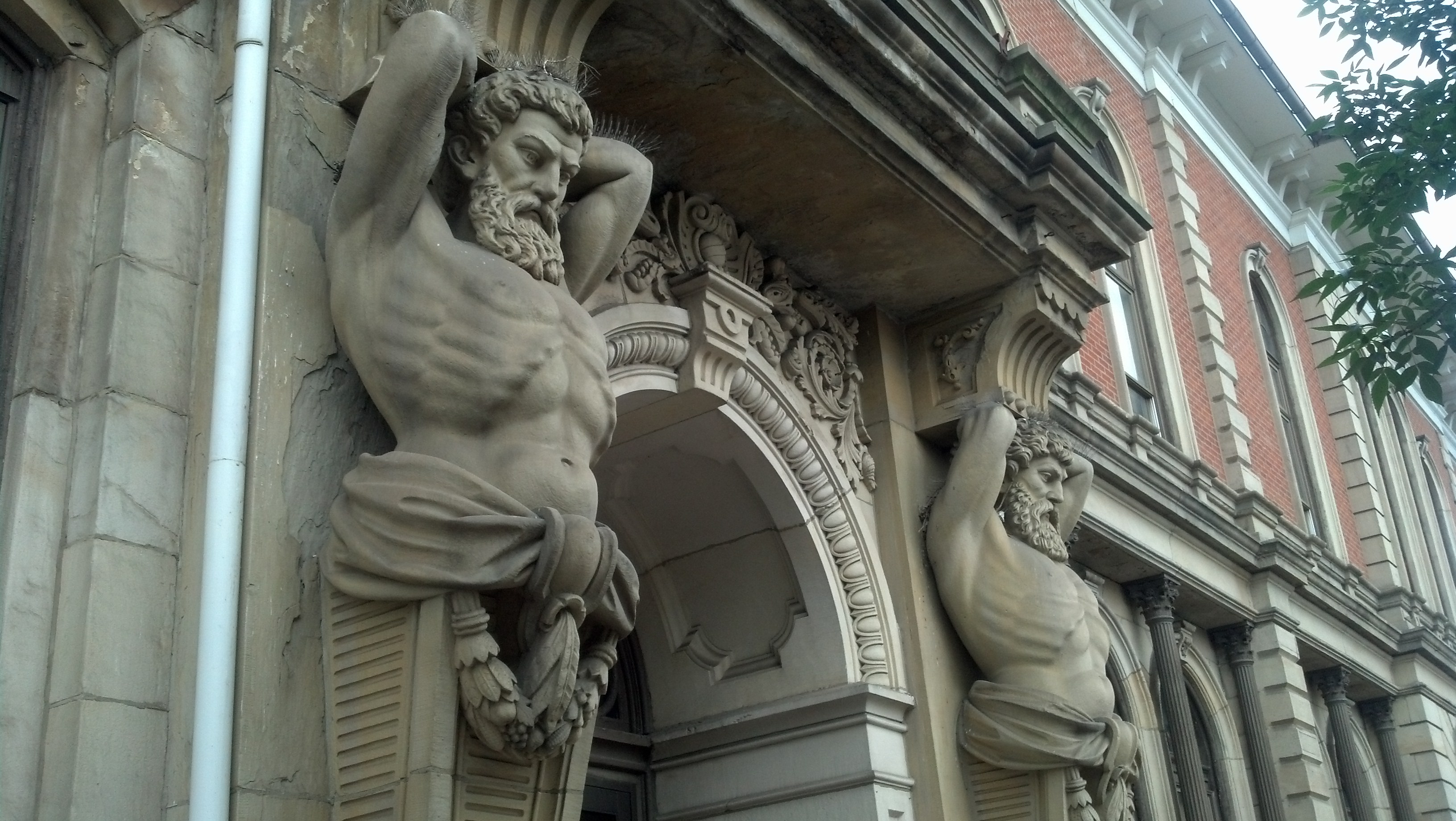
The Wayne County Courthouse in Wooster, Ohio, has very detailed architectural ornamentation, including two great Atlantes framing its eastern entranceway. (Photo by Michael E. Grass)
WOOSTER, Ohio — Heading westward through Ohio on the Lincoln Highway from Canton and Massillon, U.S. 30 has been upgraded to a divided highway that’s built primarily to expressway standards with controlled-access interchanges at major road junctions. It looks and feels like any ordinary Interstate highway, but largely lacks the long-distance east-west travelers that can crowd the Ohio Turnpike and Interstate 70.
The old road runs roughly parallel and meets up at points along the modern route so Lincoln Highway goers have a choice of hopping on U.S. 30 to speed up the trip across Ohio and skip the local roads through the corridor of towns and cities that are along the way.
For this trip, I’m not forcing myself to follow the entirety of the original Lincoln Highway route — though Ohio seems to have consistent signage for those who do want to follow the old route. I’m picking and choosing which towns I want to check out, driving along sections of the original route and hopping on the modern highway when I need to keep to schedule or make up for lost time.
I’m glad I decided to head into Wooster, which thus far, might be my favorite small town along the Lincoln Highway. I suspect that by the time I get to California, I will have developed a short list of my favorites. Wooster hits a couple of my check boxes for all the right reasons.


